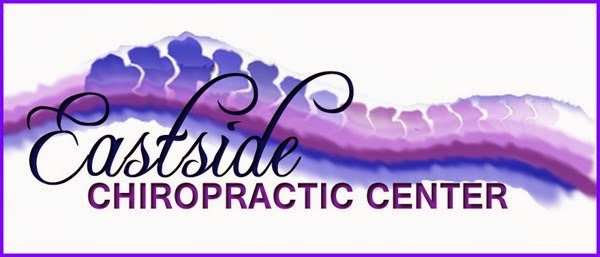
Wow, it seems like just yesterday that we previewed the 2013-14 NFL season with a post exploring the connection between football and spinal health. Now, with Super Bowl Sunday just a few days away, we thought we’d take a look back at the sport, which is the most popular in the country despite becoming increasingly infamous for the danger it can sometimes pose to its players. In fact, controversies about serious injuries like concussions have come to a head recently and caused many to rethink their allegiance to the NFL. But is there a way to play football without the risk of injury? And is there room for changes that increase protection for players without compromising the essence of the game? Let’s explore!
Concussions aside, one major aspect of football would seem to wreak havoc on one’s health--and spinal health in particular: tackling! After all, one of the fundamental aspects of the game is the process of hitting or getting hit by another player straight-on. You’d be forgiven for thinking this bears some resemblance to a head-on collision in an automobile, which often causes whiplash! But the fact is, there are safe ways and unsafe ways to tackle, and training in football often stresses the importance of tackling with the kind of discipline that ensures the impacts are absorbed safely. Proper equipment is also key, as it stabilizes the spine and neck and prevents either from moving beyond their normal range of motion. And lastly, the spine (especially its delicate discs) of football players is insulated by the protective muscles that surround it--meaning that only really catastrophic hits will have an injurious effect. Of course it does happen, but when the game is played safely and correctly, it is kept to an absolute minimum.
But the best-known health risk associated with football by far is that of concussions, which have been in the news to such an extent that calls for reforms have grown increasingly popular in the public. This fall, PBS aired a documentary entitled “League of Denial” that brought the issue to the forefront (it’s currently available to be viewed online here). The outcry was swift, and the NFL moved to reassure the public that it was working on the issue--but have they done enough? For instance, they have upgraded the helmets worn in the sport to better protect against head trauma--but, they stress, the concussion risk can’t be altogether eliminated. Some of the news on this topic is downright tragic: there’s currently a multi-million dollar lawsuit being litigated against the NFL from players and former players who feel they deserve compensation for the injuries they sustained as players. It’s always sad when a player is hurt irreparably by the sport he loves, and the statistics around concussions are quite sobering. Still, the sport is more popular than ever, with viewership statistics and revenue through the roof.
So where does that leave the public? It’s hard to say--but youth participation in the sport is declining, which will hurt its popularity in the long run. So the question of injuries and concussion risk is something that the NFL will have to deal with in a deeper more substantive way before long. In the meantime, improving the safety of equipment and raising awareness seem to be valuable ways to move toward the changes the public needs to see.




